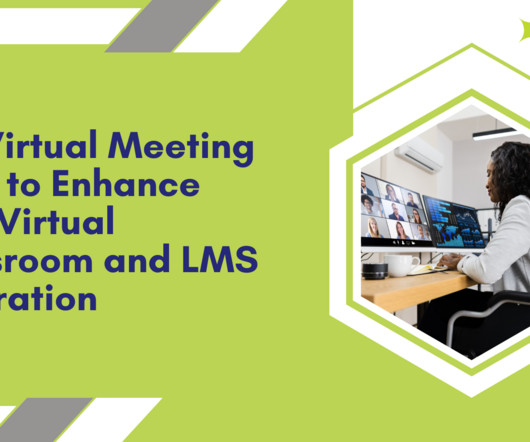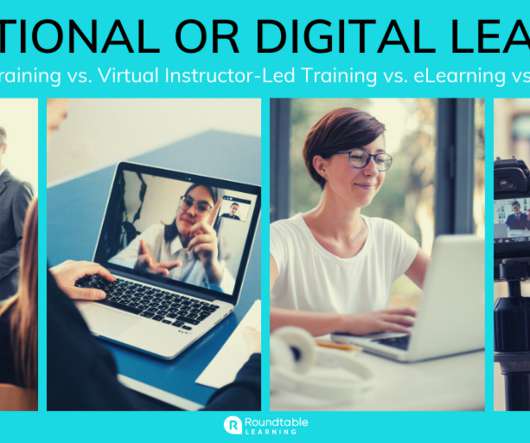Top 8 Strategies For Student Engagement In Online Learning
Hurix Digital
DECEMBER 23, 2021
Since the onset of the COVID-19 pandemic and student learning being largely moved to virtual mode, one of the biggest challenges that most of the higher-end institutions face is getting students to engage and participate during remote learning. Use asynchronous tools wherever possible. Final Takeaway.















Let's personalize your content